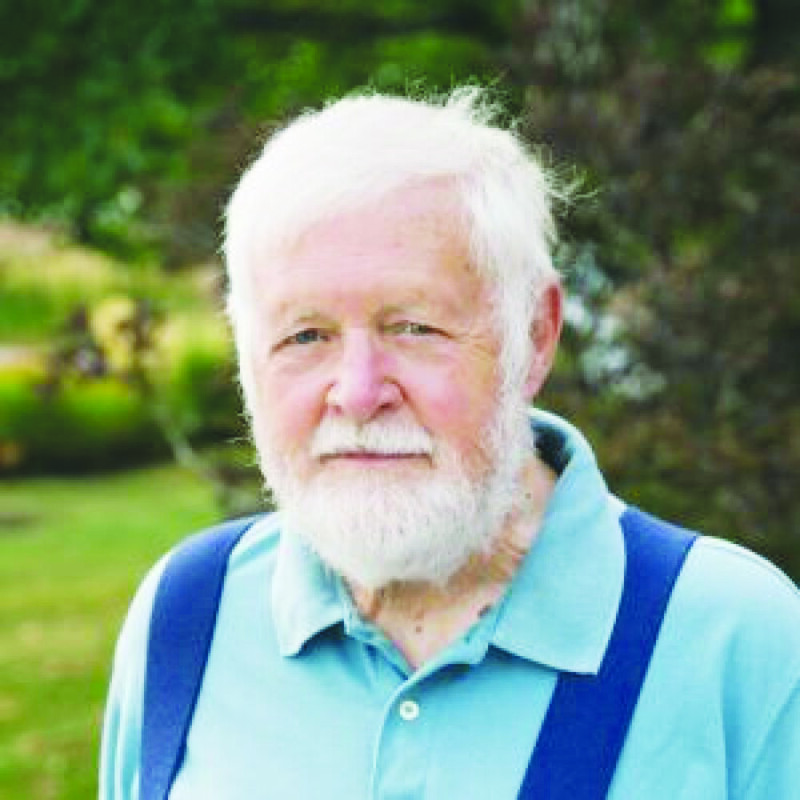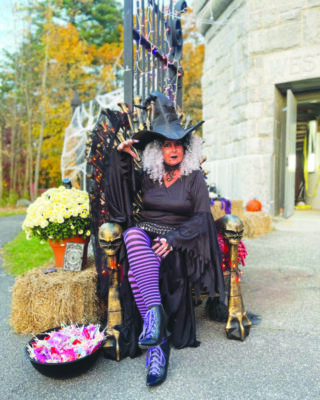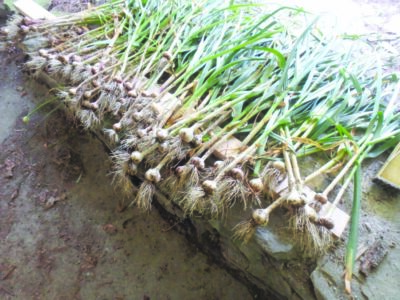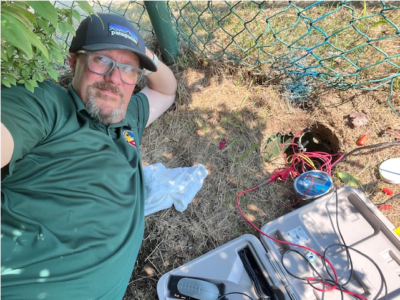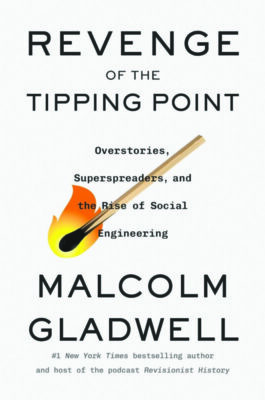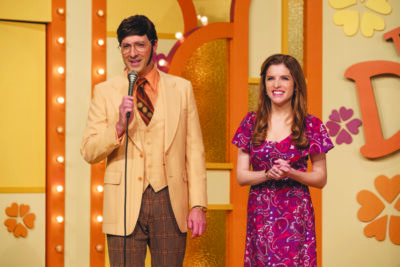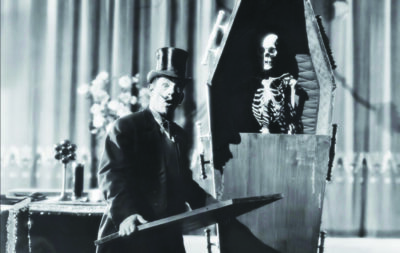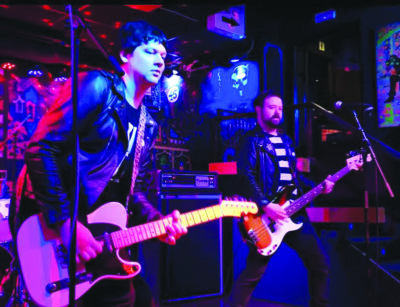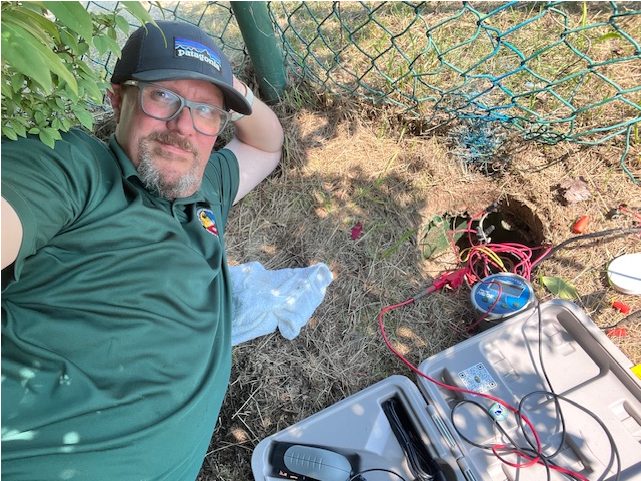How power changed rural New Hampshire life
Steve Taylor is a lifelong scholar of New Hampshire agriculture and rural life. He has been a daily newspaper reporter and editor, freelance writer, dairy farmer and for 25 years served as the state’s commissioner of agriculture. He was the founding executive director of the New Hampshire Humanities Council and in recent years has been an active participant in its Humanities to Go program. Steve spoke to the Hippo about his program “Late in Arriving, How Electricity Changed Rural New Hampshire Life” that he will give on Thursday, Nov. 7, at 7 p.m. at St. John Episcopal Church Parish Hall in Dunbarton. The event is hosted by the Dunbarton Historical Society.
Can you give a brief overview on what you talk about regarding electricity in rural New Hampshire?
The period between World War I and the middle of the 1950s was a time when there were two distinct civilizations in the state of New Hampshire: those who had electricity and those who didn’t. Those who didn’t lived almost the same as people would have lived in the 1890s. That means having to fetch water, run kerosene lamps, use privies, wash clothing by hand … as late as 1936, nine out of 10 rural residents of New Hampshire did not have electricity. But the coming of the New Deal with the Rural Electrification Administration addressed that problem. Franklin Delano Roosevelt, when he was campaigning in 1932, promised that the federal government would get behind electrification of rural United States, all over the country. … what is now known as the New Hampshire Electric Co-op … came in December 1939 in the little town of Lempster in Sullivan County. And it’s very, very amazing today to think how they accomplished so much, given the difficulties of the wartime economy, shortages of labor, shortages of materials so that by 1950 rural New Hampshire was largely wired and served by electricity.
Did the rural communities and people without electricity want electricity? Did they know how beneficial it would be to their lives?
Certainly, yes, the majority of people did. There were some holdouts. There were guys who milked their cows by hand and they said that was good enough for them. There were people who cut ice from the local pond and put it in an ice box and they thought that’s all they needed. Some people heated and cooked with wood. … But the majority of people jumped at the chance to have electric service brought in. And it was very remarkable because in order to qualify for an REA loan you had to have three potential customers signed up per mile and in order to sign up they had to put up five dollars … but there were some people that just couldn’t come up with five dollars and they did it with IOUs; eventually got it done. …
Does access to the internet mirror the issue with electricity?
There are echoes of that time today where you have people that don’t have high-capacity broadband service if they have any broadband service and that is a big, that’s a defining thing for many rural residents. … [I] n the little town where I live and the next town over they’ve gotten together and they’re getting some kind of grant support to have a company come in and string the fiber optic cable to get that service level raised.
Do you know the last place that got electricity in New Hampshire?
Hart’s Location in the White Mountains, a very, very small town, the last town to be wired was 1968.
Would you want to speak on New Hampshire Humanities?
We got it started back in the ’70s. It was just a little tiny venture in the early days… There’s a lot of emphasis on history, on literature, well some of it is more sociology I guess you’d say, but it’s a very remarkable organization what they do. I specialize in rural and agricultural history.
—Zachary Lewis
Late in Arriving, How Electricity Changed Rural New Hampshire Life
When: Thursday, Nov. 7, at 7 p.m.
Where: St. John Episcopal Church Parish Hall, 270 Stark Highway North, Dunbarton
Info: nhhumanities.org; Alison Vallieres, 774-3681
Featured image: Steve Taylor. Courtesy photo.

